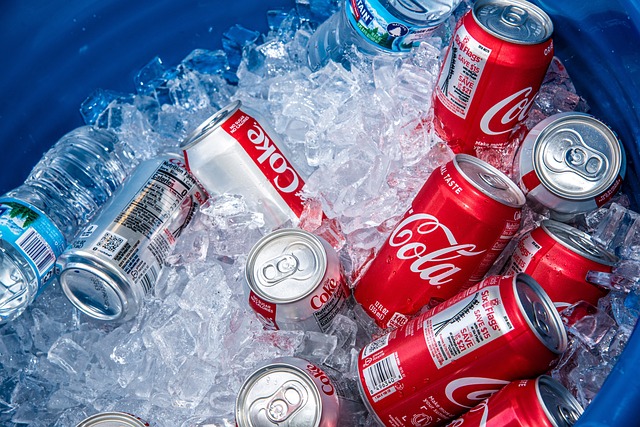Coca-Cola’s holiday commercial, “The Holiday Magic is Coming,” has sparked widespread criticism. The ad, created with Coca-Cola’s Real Magic AI platform, reimagines the classic 1995 “Holidays Are Coming” ad. Instead of human actors, AI-generated polar bears appear inside an igloo, and Coca-Cola trucks glow with festive lights. The 30-second ad uses OpenAI’s Real Magic AI, enabling artists to access Coca-Cola’s vast archive to create new content, similar to other AI tools like DALL-E.
This isn’t Coca-Cola’s first AI-driven commercial. Last year, the company unveiled “Coca-Cola Masterpiece,” which also utilized the Real Magic AI platform. This earlier ad depicted the iconic Coca-Cola bottle flying through various famous works of art, showcasing AI’s role in creative storytelling.
Backlash from Artists and the Public
The new ad faced significant backlash on social media. Many artists and consumers criticized AI’s role in replacing human creativity. Alex Hirsch, creator of “Gravity Falls,” sarcastically remarked on X (formerly Twitter), “FUN FACT: Coca-Cola is ‘red’ because it’s made from the blood of out-of-work artists! #HolidayFactz.” His comment received over 631,000 views, reflecting widespread dissatisfaction.
Criticism extended to YouTube, where Coca-Cola’s post of the ad received numerous negative comments. One user suggested, “Pepsi, now is your chance to make a live-action ad bashing Coke for using AI.” Another viewer criticized the ad’s lack of “soul,” pointing to the absence of human touch in the creative process.
Shelly Palmer, a Syracuse University professor of advanced media, also voiced his disapproval. In a blog post, he likened the ad to a poor version of “The Polar Express.” Palmer argued that Coca-Cola’s reliance on AI wasn’t about creative innovation but about cutting production costs. He emphasized that while AI has potential, it’s not yet ready to replace human-driven animation for high-quality productions.
Despite the growing criticism, Coca-Cola has not released a public response.
Supporters of AI in Advertising
Not everyone opposes Coca-Cola’s use of AI. Chris Barber, an AI developer at Silverside AI, defended the initiative. He shared his own version of the ad, revealing that Coca-Cola had partnered with three AI firms, including Silverside AI. His version, however, was not chosen. Barber’s post attracted over 18.4 million views, sparking a mixed reaction. While many viewers disapproved of AI’s role in advertising, Barber argued that AI, when combined with human insight and emotion, can enhance creativity.
Coca-Cola’s History with AI Advertising
“The Holiday Magic is Coming” is not Coca-Cola’s first AI-powered campaign. In 2023, the company released “Coca-Cola Masterpiece,” an AI-driven ad that depicted the iconic Coca-Cola bottle journeying through a gallery of famous artworks. Unlike the Christmas ad, “Masterpiece” received positive feedback, with many calling it more compelling and visually engaging.
AI’s Expanding Role in Advertising
Coca-Cola isn’t the only brand exploring AI in advertising. Toys ‘R’ Us released an AI-generated ad featuring its founder, Charles Lazarus, as a child. The ad drew criticism for inconsistencies in his appearance. Conversely, Nike’s “Never Done Evolving” campaign, which featured a simulated match between younger and older versions of Serena Williams, was well-received. The project utilized AI and archival footage, earning several awards, including recognition at the Cannes Lions International Festival of Creativity.
As AI becomes more integrated into advertising, debates around its impact on human creativity and artistic integrity are likely to intensify. Brands must navigate public sentiment as they experiment with AI’s potential to innovate storytelling and reduce production costs.


